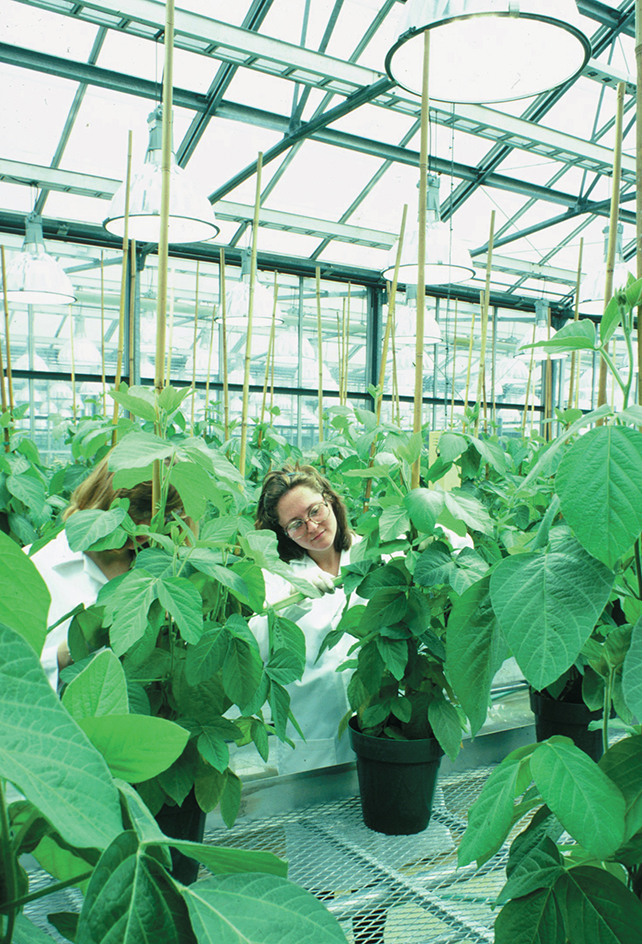Greenhouse is a building in which people can grow plants the year around. Its roofs and walls are made of glass or plastic. A greenhouse is a form of controlled environment agriculture because the temperature, light, moisture, soil, and other conditions essential for plant growth can be regulated. Greenhouses are sometimes called hothouses. Europeans call them glasshouses.

Flowers, shrubs, and other types of plants are raised in greenhouses. Such vegetables as cucumbers, lettuce, and tomatoes are grown in these structures and sold out of their normal growing seasons to consumers. Many commercial growers operate greenhouse ranges. Greenhouse ranges consist of two or more greenhouses. Some gardeners who raise flowers and other plants as a hobby own only a small greenhouse.
The greenhouse roof is slanted to admit a maximum of sunlight. A greenhouse is a solar collector–that is, it traps the sun’s heat, and the heat passes back through the roof and walls very slowly. This process resembles the way that the atmosphere helps keep the earth warm by trapping heat from the sun. In fact, scientists use the term greenhouse effect for the earth’s heating process.
In cold weather, a furnace provides additional heat for a greenhouse. It sends steam, hot water, or hot air through pipes to warm the building. A few greenhouses have special solar collector devices that absorb the sun’s heat energy and transfer it to water in a storage tank beneath the greenhouse floor. The stored hot water heats the greenhouse on cold nights.
See also Cold frame ; Hotbed .
